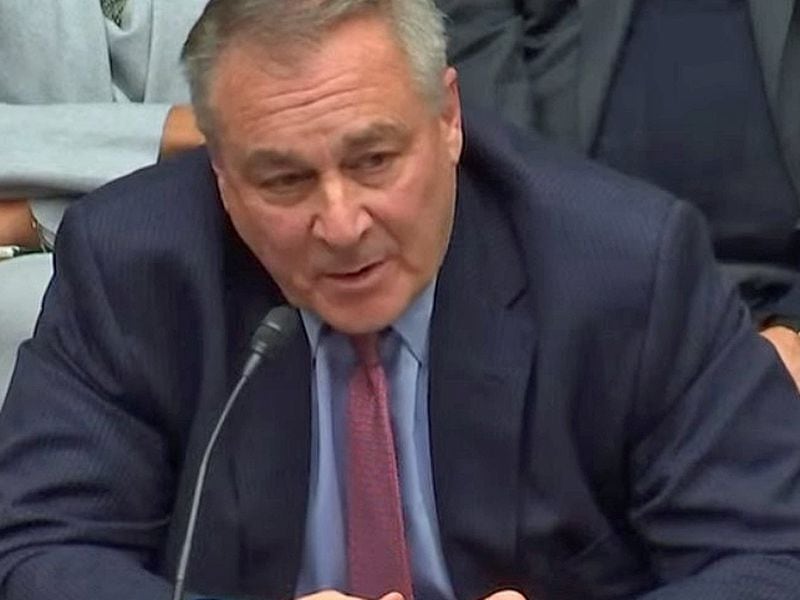Centralized Exchanges Are Here to Stay
This month marks one year since the Terra-Luna fallout and six months since the implosion of FTX. These spectacular events, which marked the beginning and culmination of several other collapses respectively, severely shook confidence in cryptocurrencies and arguably triggered the industry’s most daunting existential crisis in its 15-year history. While the asset class has recovered this year, with bitcoin up almost 65% year-to-date, these milestones are nevertheless an opportune moment to reflect on the setbacks of last year and how the industry can build back better.
First, we should acknowledge that these events are not failures of blockchain technology but are instead a result of poor risk management and corporate governance, with fraud taking place in some of the companies that failed. The market continues to recognize the integrity and innovative potential of blockchains, as evidenced by the significant capital inflows into decentralized exchanges following FTX’s collapse, as well as positive reactions towards Ethereum’s proof-of-stake (PoS) transition and Shapella upgrade.
Lionel Lim is the CEO of DBS Digital Exchange.
Yet, despite these developments, centralized digital asset exchanges (CEX) will continue to remain relevant and wield outsized influence as the key entry point into the asset class, especially as it grows in sophistication and institutional adoption. After all, they remain the dominant platform when it comes to digital asset transactions. According to DefiLlama, the total trading volume on CEXes accounted for almost 90% of all transactions across centralized and decentralized exchanges, as of mid-May 2023. Despite the setback in investor confidence last year, the case for CEXes remains clear.
What the industry does need to address, however, are the many points of weakness borne out of interdependencies and an early-held ethos of “moving fast and breaking things.” To survive this crisis of confidence, CEXes will need to address the need for better investor protections, risk controls and prudent governance structures.
Managing a digital asset portfolio is operationally complex, with investors requiring a comprehensive set of capabilities such as custody, trading, investment products, advisory and efficient fiat on-off ramps. In this regard, many CEXes integrate these solutions into a single platform, greatly reducing the technical complexity of owning and managing tokens native to different blockchains. This value proposition is clear when considering the alternative: where investors manage several wallets and directly participate in multiple liquidity pools across different blockchains. While some investors will have the capabilities to do so, the steep learning curve suggests that CEXes will remain the preferred platform for many.
Investors who actively manage their portfolios may also wish to rebalance their asset allocations frequently between traditional assets and digital assets. The fiat on-off ramps in CEXes thus forms a critical infrastructure layer to do so quickly, which is especially important during periods of market volatility.
Safety and security are other advantages that CEXes can offer. This may come as a surprise given the industry’s “not your keys, not your coins” mantra. Yet, according to Chainalysis, 18% of all cryptocurrencies stolen by hackers in 2022 came from CEXes, with decentralized applications accounting for the remaining 82%. While CEXes still have some way to go to better protect clients from cyber breaches, they are comparatively safer. With the industry working hard to restore trust and enhance their cybersecurity systems, the safety gap between CEXes and decentralized applications should continue to widen.
Finally, an often underappreciated benefit of some CEXes, particularly those that serve high net worth and institutional clients, is the peace of mind that “there’s someone to call” if something goes wrong. This is especially so for investors managing assets on behalf of clients, such as family offices and hedge funds. With horror stories of individuals being locked out of their own wallets worth millions in bitcoin, investors will find value in working with CEXes that provide dedicated hotlines or account managers.
Rebuilding trust by segregating assets
While CEXes are likely here to stay, one area where such platforms must improve on is the segregation of customer and corporate assets. Now, more than ever, scrutiny around this is mounting. Largely in response to the co-mingling of funds by FTX, a practice which led to many retail investors incurring significant losses when the exchange unraveled, policymakers like U.S. Treasury Secretary Janet Yellen recognized asset segregation as a key area to be addressed in future regulatory frameworks.
Even prior to the collapse of FTX, the Monetary Authority of Singapore (MAS) proposed new regulations in a consultation paper published in October of 2022 requiring cryptocurrency platforms to segregate their assets from their customers’. The MAS has also sought industry feedback on whether cryptocurrency platforms should appoint independent custodians to safeguard customer funds.
While CEXes still have some way to go to better protect clients from cyber breaches, they are comparatively safer.
As such, CEXes should rethink the “one-stop-shop” narrative. While it makes sense to have a seamless front end user interface across custody and trading, in the back end, investors’ assets should be custodized separately by an external and qualified custodian, such as a bank or a registered broker-dealer. CEXes should seek and publish independent attestations by auditors to verify that the assets are indeed segregated, and that robust risk and governance requirements are in place.
Instilling trust in a trustless system
When Satoshi Nakamoto published the seminal Bitcoin white paper in 2008, they envisioned a monetary system that no longer needed to rely on blind trust. Yet, the very entry point to which most investors today are exposed to digital assets – exchanges – is still run in a mostly opaque manner.
The events of 2022 have shown that for the industry to move forward, investor protections, transparency, robust governance structures and providing value to clients must return to the forefront of how exchanges are built and run. CEXes that embrace these values will find themselves having a competitive advantage as investors increasingly rely on trusted centralized platforms to manage their digital asset portfolios.
As we continue to build back better, the industry might just return to its roots – one born out of a vision for a fairer, more transparent and more efficient financial ecosystem.









